The High Spending Power of Wellness Tourists: What They Seek in a Destination
The wellness tourism market is not just a lucrative sector; it's a gold mine for hotels looking to capitalize on the high spending power of wellness tourists.
In this blog post, we'll delve into the statistics that underscore this spending power and explore what wellness tourists look for in a destination and hotel, along with insights into their decision-making process.
“Wellness tourists are not your average travelers; they tend to spend more. This segment accounts for about 18.7% of all tourism expenditures, which is disproportionately high compared to their overall number of trips. This spending trend indicates that wellness tourists are willing to invest in high-quality, unique experiences, which hotels can provide. By developing tailored wellness offerings, hotels can attract this high-value market segment, leading to increased revenue per guest and higher overall profitability.”
1. The Spending Power of Wellness Tourists
Recent statistics reveal that wellness tourism is on a remarkable growth trajectory, projected to reach a staggering $1 trillion by 2024. More importantly, wellness tourists are known for their high spending habits. They account for nearly 18.7% of all tourism expenditures, which is significant considering they make up only a fraction of total tourists. International wellness tourists, on average, spend 41% more than the typical international tourist, while domestic wellness tourists spend an astounding 175% more than the average domestic tourist. These figures highlight the potential revenue benefits for hotels that can attract this lucrative segment.
2. What Wellness Tourists Look for in a Destination
Wellness tourists are not just after any vacation; they seek transformative experiences that promote health and wellbeing. Key elements they look for include:
Natural and Serene Environments: Locations that offer tranquility and connection with nature are highly prized.
Quality Wellness Facilities: State-of-the-art spas, yoga studios, and meditation centers are essential.
Authentic Wellness Experiences: Traditional and local wellness practices are often more appealing than generic treatments.
Healthy Dining Options: Nutritional, organic, and locally-sourced food options are a must.
Sustainable and Eco-Friendly Practices: Environmentally conscious facilities resonate well with this group.
3. Decision-Making Factors for Wellness Tourists
The decision-making process for wellness tourists often involves:
Online Research and Reviews: They rely heavily on online reviews and testimonials.
Social Media Influence: Instagrammable spots and social media recommendations play a crucial role.
Unique and Customizable Packages: Personalized experiences that cater to individual health and wellness goals are attractive.
Wellness Expertise and Reputation: Hotels with a proven track record or partnerships with well-known wellness experts have an edge.
Value for Money: Despite their willingness to spend more, wellness tourists still look for value in their experiences.


